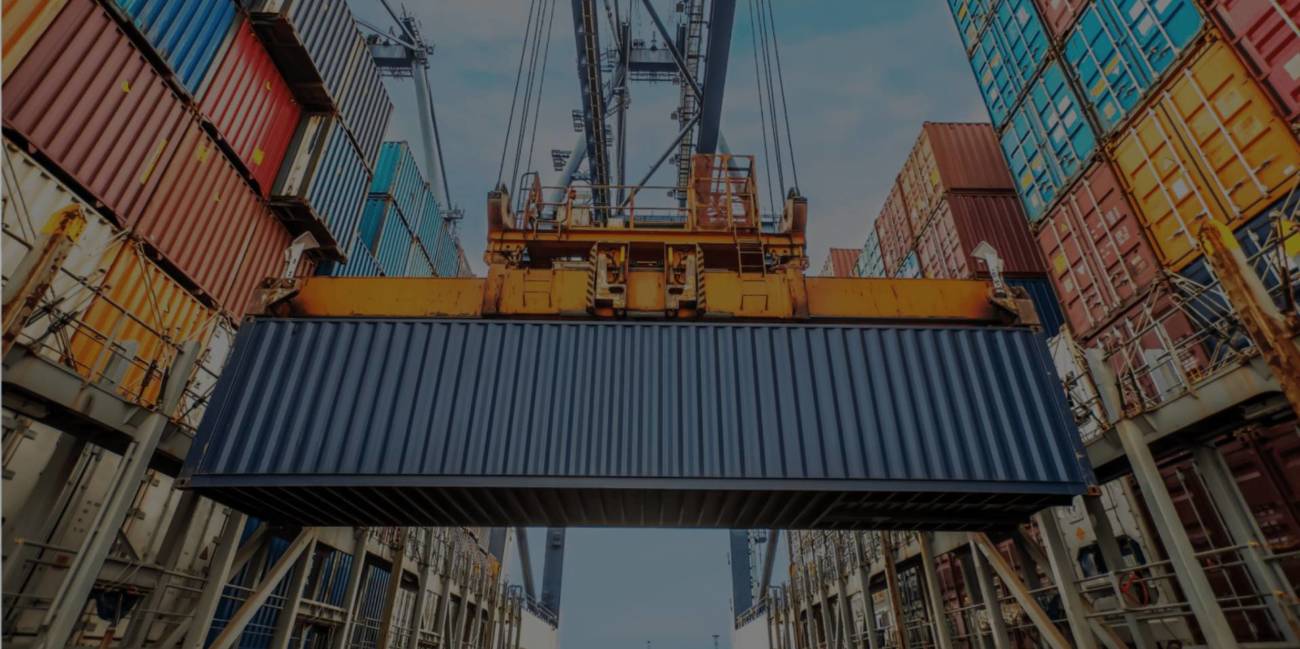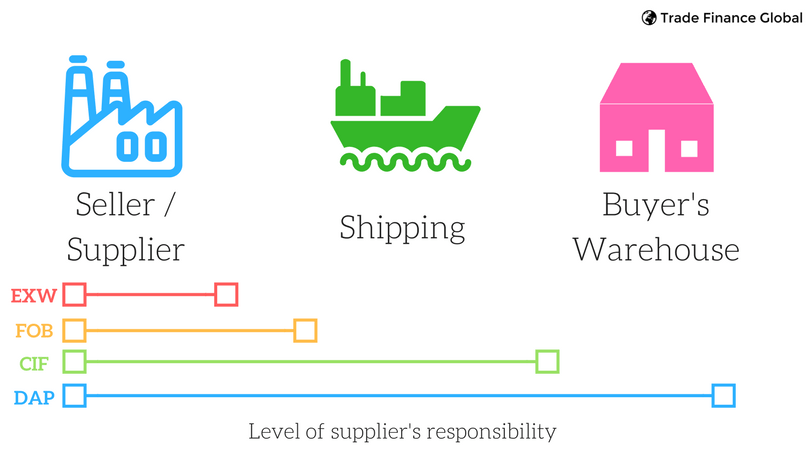This is the right place Ocean freight (or sea freight) is the most common form of transport for importers and exporters, accounting for 90% of goods transported globally. SHIPPING CARGO FAST Ocean freight (or sea freight) is the most common form of transport for importers and exporters, accounting for 90% of goods transported globally. There are four major types of shipping terms that you should know about, also known as incoterms (International Commerce Terms), which set out clear definitions for where the goods are dispatched from, and to. In short, the buyer can arrange for their own freight agent and delivery, or deliver using the sellers freight forwarder (possibly incurring some form of mark up or cost). Generally speaking, suppliers will give a quote for an ExWorks or Free on Board transport service when delivering goods. The following goods cannot be transported by ship Goods are loaded onto containers which are then shipped. There are several types of containers which come in different shapes and sizes, but we’ve highlighted the main three types of containers here: Like with Air Freight, shipping goods can be consolidated to benefit economies of scale and reduce the price, this is known as LCL (Less Container Load). If you are shipping enough goods to fit into one container, or the goods are fragile or contain chemicals / liquids, it may be good to consider FCL shipment, Full Container Load.
READ MORE DOWNLOAD SECTION We provide a wonderful combination of sea, air and land freight, high speed, high shipping quality and safety at the highest level, and a service that delights hundreds of regular customers over the years. Thanks to our security measures in dealing with shipments, inside the ports, airports, and stations, your shipment is under surveillance and safely until it reaches the target. Weather insurance is a type of protection against a financial loss that may be incurred because of rain, snow, storms, wind, fog, undesirable temperatures or other adverse, measurable weather conditionsOCEAN CARGO
ECONOMICAL, ON-TIME DELIVERIES
What is Ocean Freight?
What are the advantages of ocean freight?

Types of Ocean Freight

What not to ship by Sea Freight:
How are goods shipped?

OTHER SERVICES
BROCHURES
CONTACT US
SHIPPING
PROTECTION
WEATHER INSURANCE

